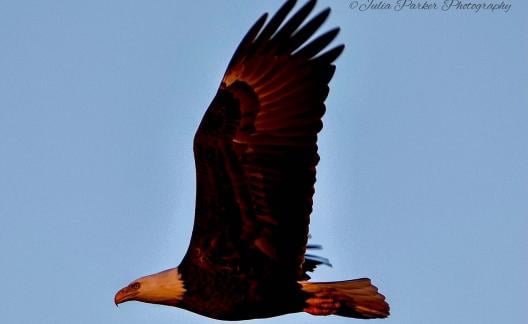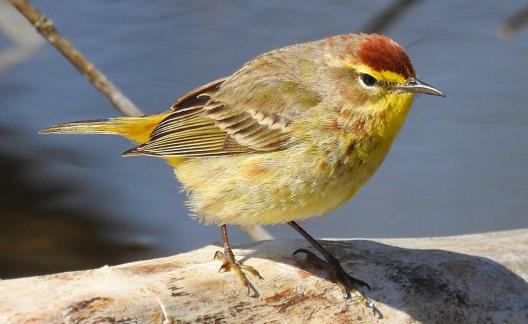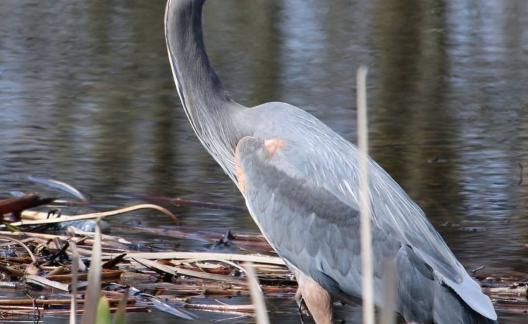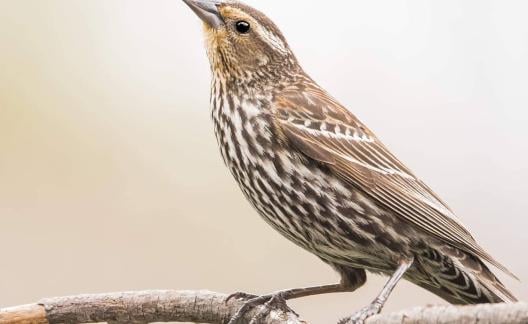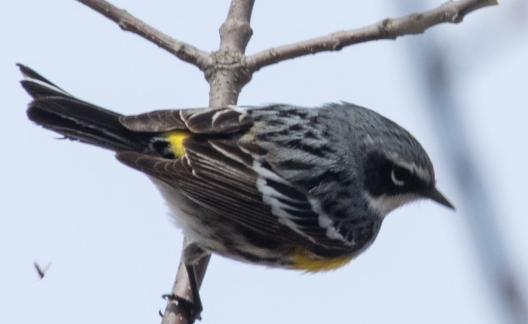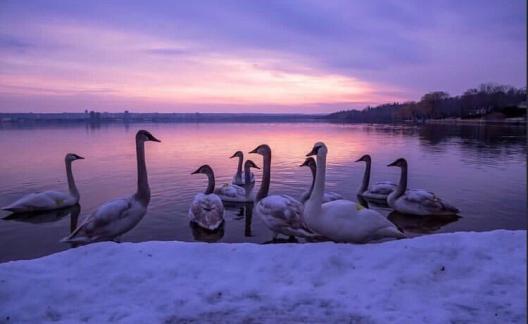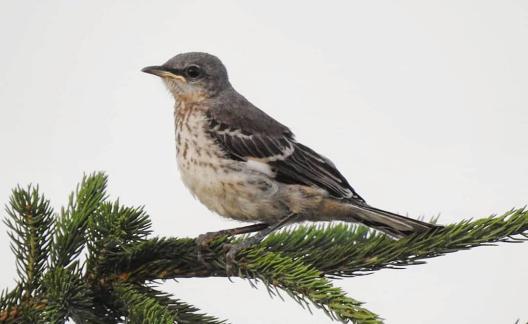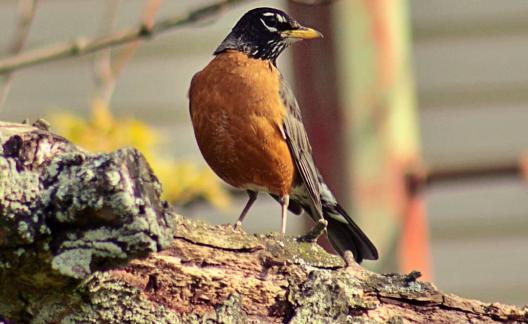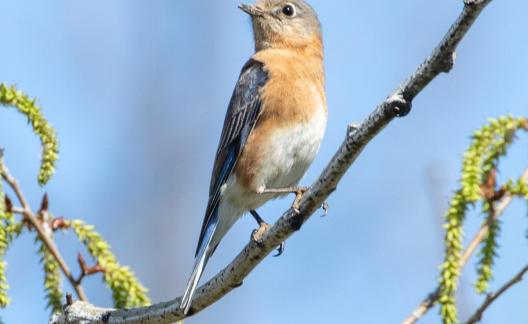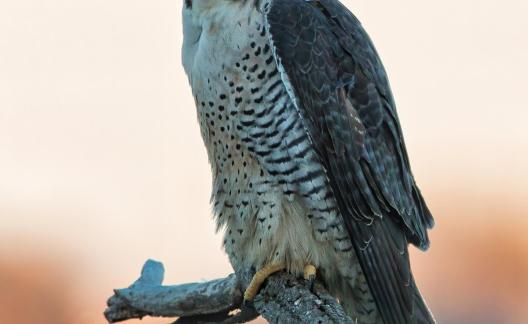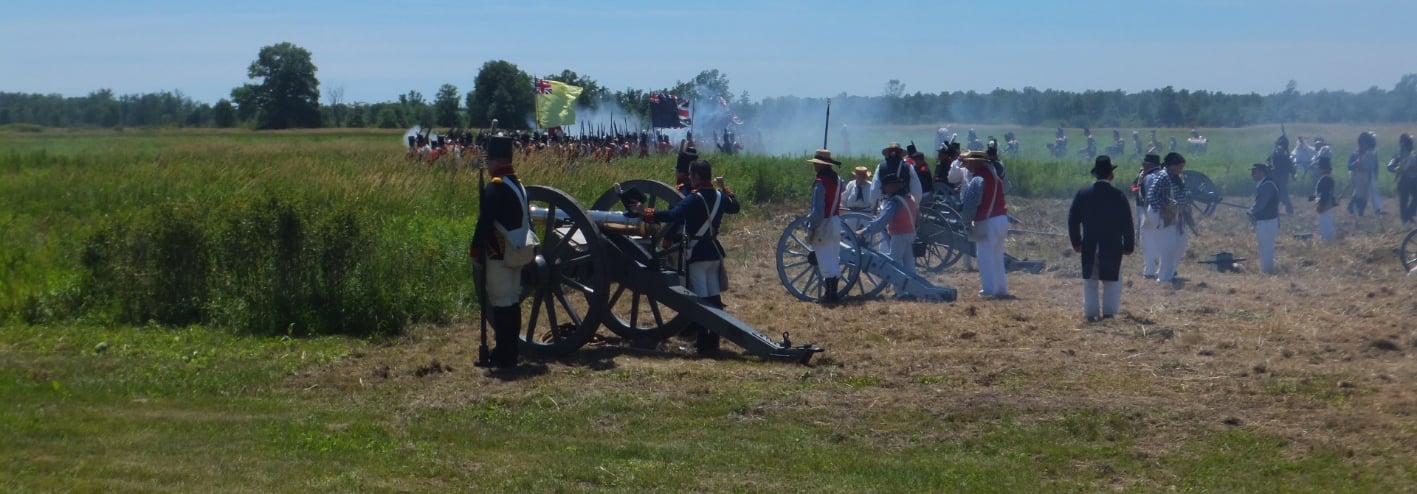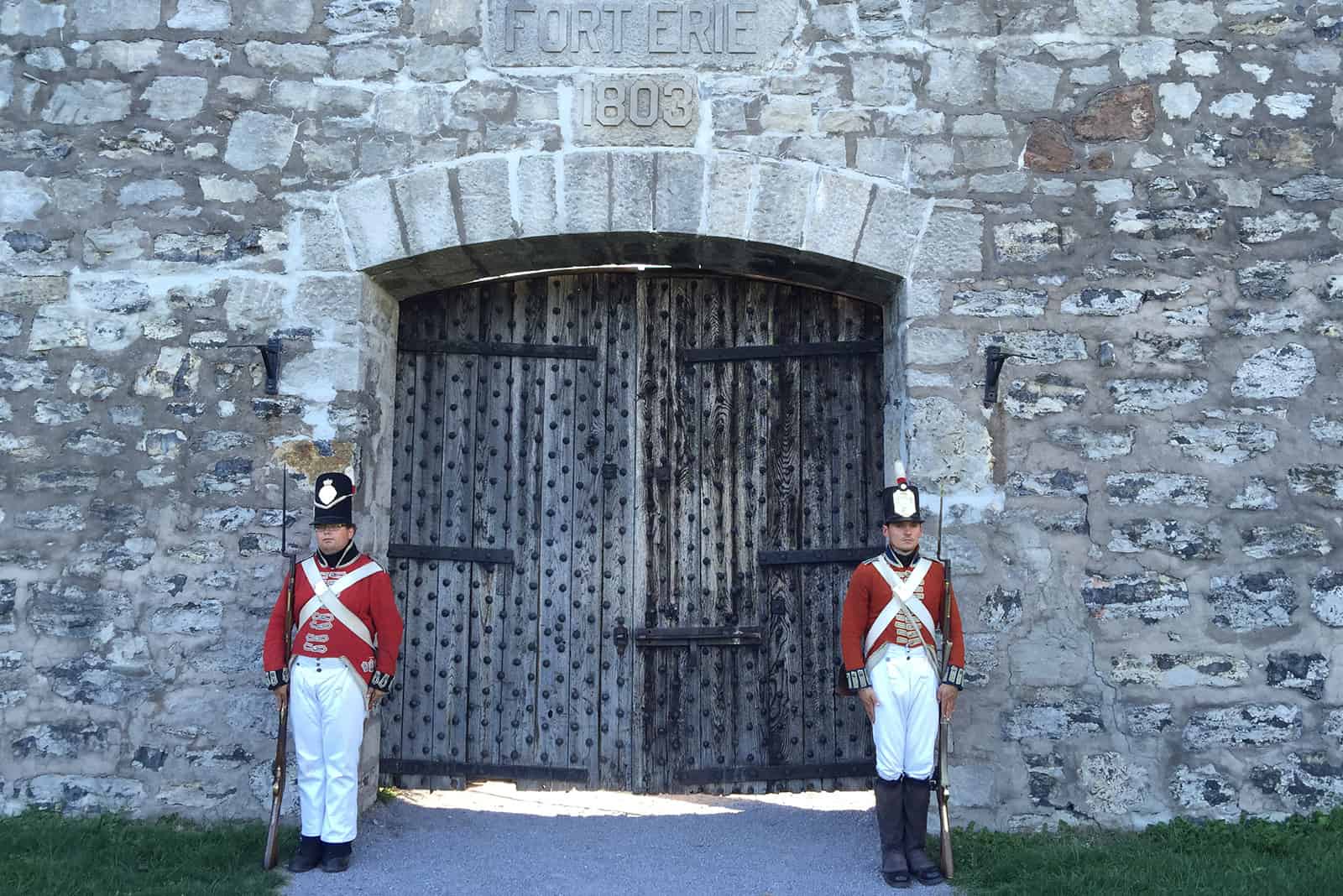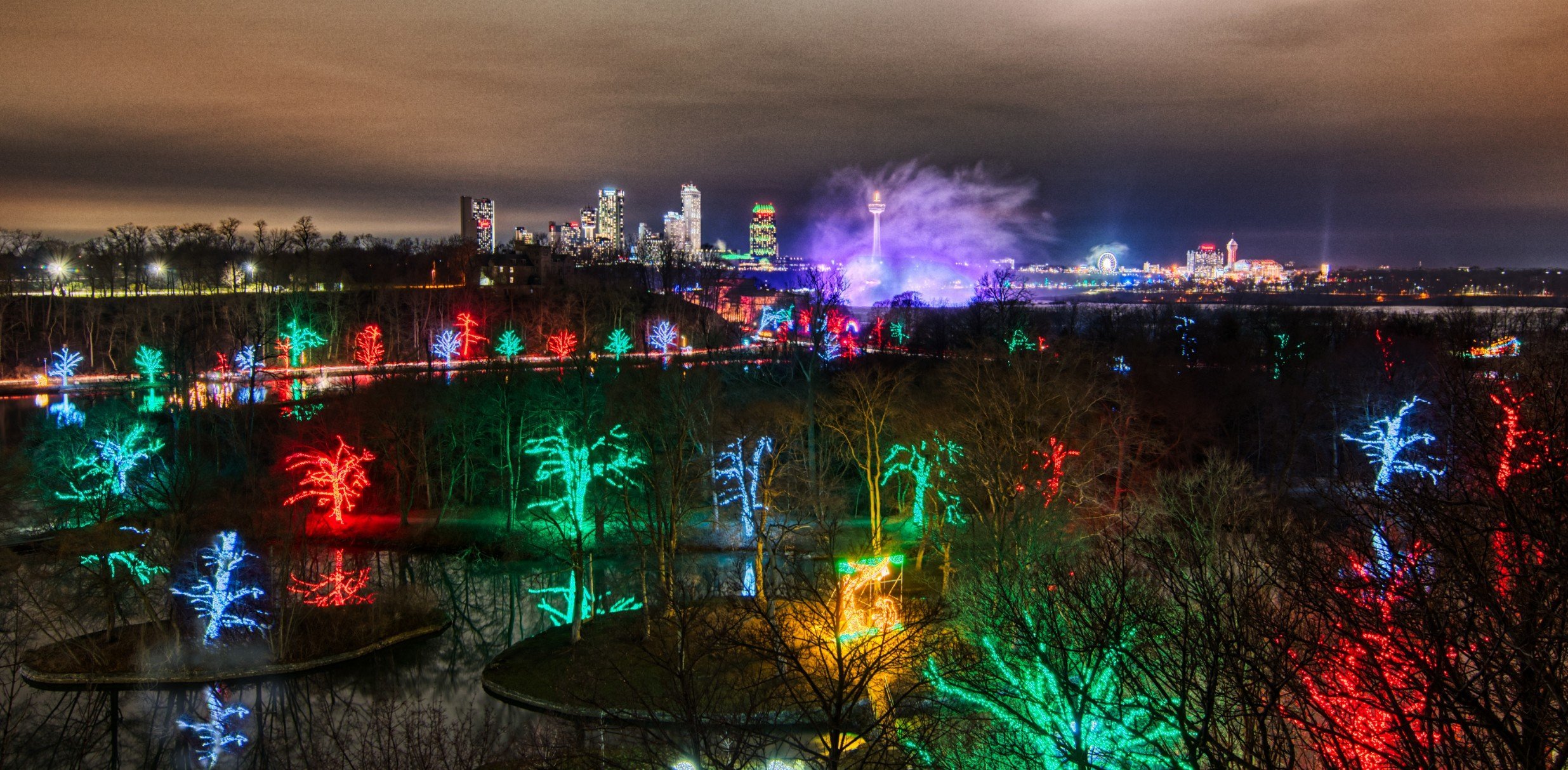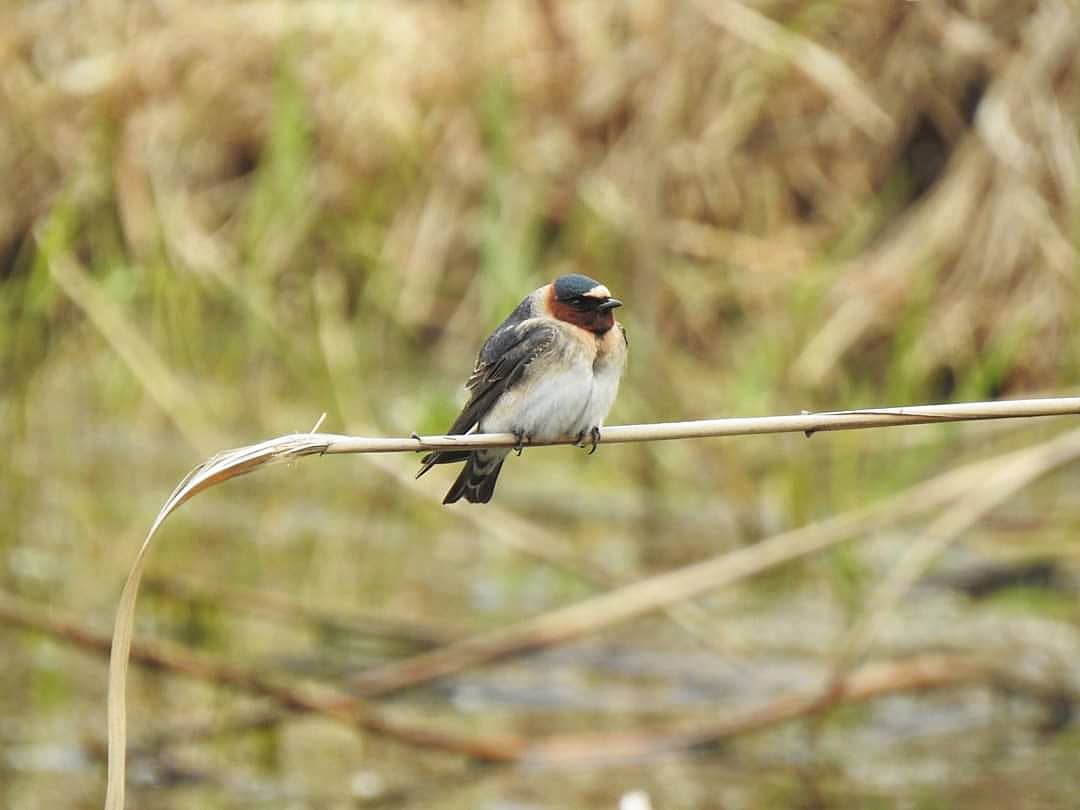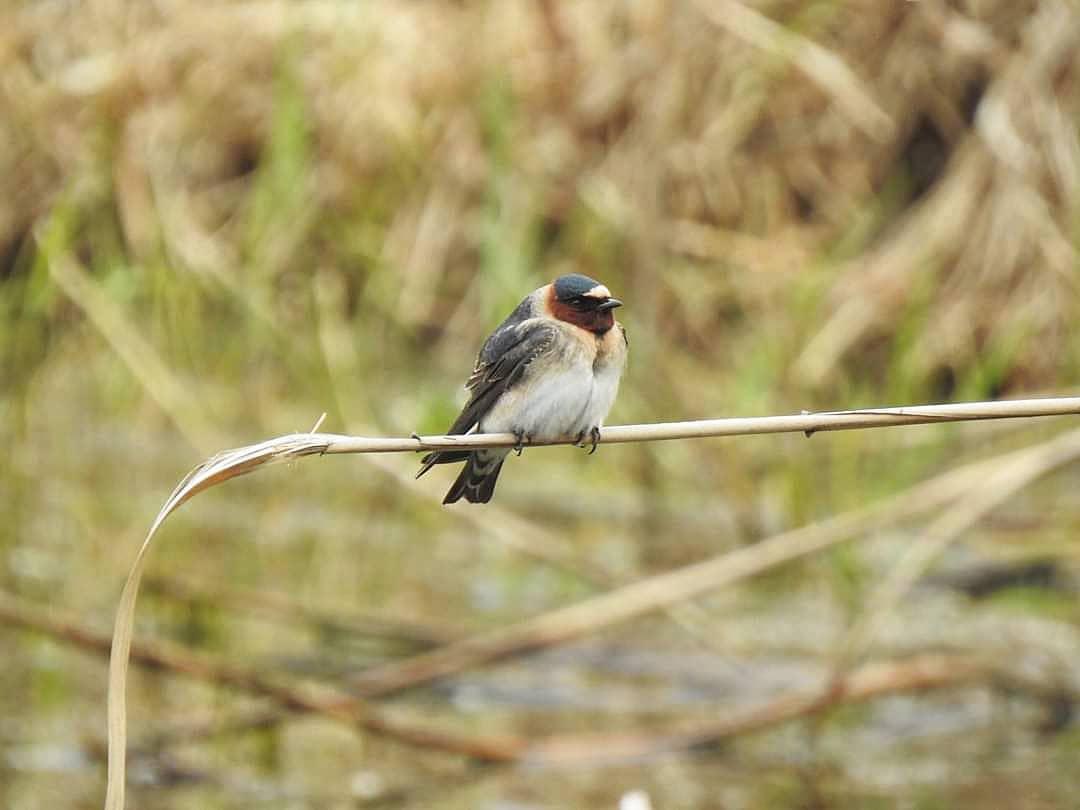

A Year-Round Guide for Birdwatching
By Marcie Jacklin, birder extraordinaire
Journals of early visitors to Niagara Falls raved over the diversity and sheer number of birds, particularly waterfowl, spotted around the Falls. For many generations, knowing when and where to find and photograph wild birds in Niagara Falls was a mystery. The introduction of eBird by Cornell University in 2002 changed that. It is now possible for anyone to keep a live list of their bird sightings and explore others’ observations in the area (for example, you can see that 170 species have been found at Dufferin Islands in Niagara Falls). Paired with the growing popularity and improvements in optics of binoculars and digital photography, birdwatching has quickly been revolutionised. Numbers from eBird show that birdwatching, already considered the fastest growing recreational activity prior to the pandemic, has increased 30% since March 2020.
Summer
Located in the Carolinian ecoregion, species rarely seen further north are common in Niagara Falls, Ontario. In the summer, look for the Heronry above the Falls in the middle of the Niagara River where, with binoculars or a spotting scope, Great Egrets and Black-crowned Night-herons can be seen feeding their young. Tufted Titmouse, Carolina Wren, Fish Crows or Red-bellied Woodpeckers can be found year-round by listening for their distinctive calls.
Northern Mockingbirds, which mimic numerous calls of other birds, are grey Robin-sized birds with a white patch in its wings and on long tail edges. A good place to look for these species, is at the Niagara Parks Botanical Gardens. Also look for Cliff Swallows nesting under the Niagara River Parkway bridge over the Chippawa Creek, and Black Vultures soaring near the Queenston-Lewiston Bridge to the USA, the only reliable spot for this species in Canada.
A conservation victory! Peregrine Falcons, Bald Eagles, and all other raptors, have become steadily more common since the banning of the pesticide DDT. Look for Peregrine Falcons nesting on the cliff face below Table Rock or high up on skyscrapers above the Falls. Watching them go into an accelerated stoop as they hunt is arguably the single-most breath-taking sight in nature. The two best places to look for Bald Eagles on the Niagara River are between Queenston and Niagara-on-the-Lake, or above the Falls between Navy Island and Old Fort Erie. Although there are several nesting pairs of Bald Eagles that can be seen year-round, more gather in the winter when other rivers and lakes are iced-covered.
Fall & Winter
Most birds head further south in the fall unless they can find the right type of food to survive the winter. So, it may be surprising that this is when Niagara Falls is a popular destination for birders. Each fall the open, rich waters are inviting to a vast number of ducks and gulls which can often be easily viewed and photographed from one of the many strategically located parking areas along the Niagara River Parkway. One of the special species is Bonaparte’s Gull. Up to 30,000 individual birds can be seen in one day at the peak of their migration (almost 10% of the world’s population). In total, over 27 species of gulls have been found in Niagara Falls, making it the best gull watching location in the world. Many of these gull species are rare, prompting birders from all over the world to make the pilgrimage to Niagara Falls to add them to their list.
Bonaparte’s Gulls are the main reason the Niagara River Corridor has been designated an international Important Bird and Biodiversity Area (IBA). The IBA program aims to identify, monitor, and protect the world’s most important sites for birds. It is estimated that 25% of the global population pass through the IBA in the fall and early winter. Other gulls like the Herring and Ring-billed Gull also occur in the IBA in significant numbers. Waterfowl are abundant on the Niagara River, and species like Greater Scaup and Red-breasted Merganser occasionally reach large numbers as well.
A highlight for novice birders and photographers is the sheer number and variety of ducks that can be closely viewed in winter, as they transition into their spectacular breeding plumages and begin courtship rituals. A well-prepared photographer should be able to capture the distinctive courtship behaviour of several species, as males vie for the attention of a female. Check just above the Falls for Common Goldeneye along with Bufflehead and sometimes Harlequin Duck (a very decorative bird). Look for the charming Long-tailed Duck at the Queenston docks and for Hooded Mergansers in the hydro pool enclosure along the river near Dufferin Islands, where Gadwall and American Wigeon are also regulars. For Canvasback, Redhead, Greater Scaup, Common and Red-Breast Merganser, a good spot is Kingsbridge Park along the Niagara Parkway towards Fort Erie. November is the best month for all three species of scoter (Black, Surf and White-Wing), which are sometimes present well into winter. Tundra Swans are common, and Trumpeter Swans are becoming more common throughout the winter in the upper Niagara River. A few Mute Swans are present year-round.
Spring
Spring is the most glorious time of the year for songbirds. This is when the birds that have spent the winter in the United States, Central America or even South America, are headed back to Canada to breed. If you are out at night you can sometimes hear them calling as they fly over or even see them as a silhouette against the moon. Within a few short weeks between the end of April and the end of May swallows, sparrows, flycatchers, herons, Scarlet Tanagers, Rose-breasted Grosbeak and everyone’s favourite group of birds, the warblers, all arrive back in Niagara Falls. Europeans, familiar with the drab-coloured Old-World warblers, are always amazed at the vibrant colours of American warblers. A determined birder could see over 30 species of warblers during the month of May in Niagara Falls.
Look for migrating warblers in trees at the Niagara Parks Botanical Gardens, Niagara Glen, Floral Showhouse and Dufferin Islands. Travel to the Chippawa Battlefield Park where fields are being managed for Bobolink, Eastern Meadowlark, Barn Swallow, and other grassland species. Northern Harrier is a regular here, and although Short Eared Owl is possible, it is becoming rarer.
Common Tern and Caspian Tern are common during the summer all along the Niagara River, but Foster’s Tern and Black Tern are seen only on migration. Check at the mouth of the several creeks that empty into the Niagara River for Belted Kingfisher, Great Egrets and three types of heron. Pileated Woodpecker is becoming more common in Niagara, and a good place to check for them is in the woods around the grounds of Old Fort Erie. This is also one of the last reliable locations for a stunning Red-headed Woodpecker, a species which has been steadily declining in numbers in Niagara and elsewhere in Canada.
Plan Your Visit
Book your stay for a birding adventure, year-round. From a Fallsview room with a view to campgrounds and cottages, Niagara Falls accommodations offer visitors a special way of getting a little closer to nature.
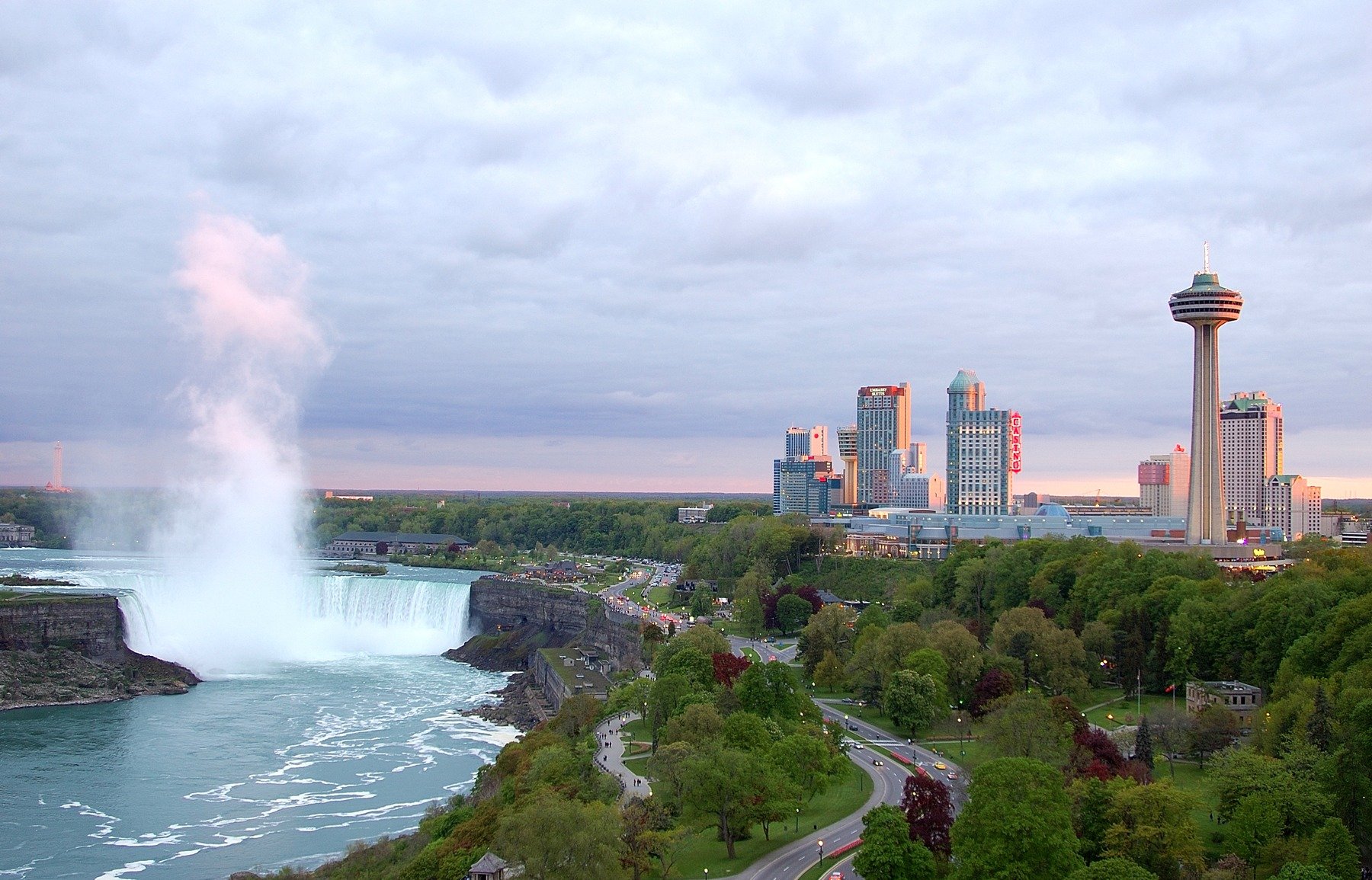
More about Birding
Birds on the Niagara Festival and Celebration
Every February, bird lovers and conservationists celebrate the vast diversity of northern birds that call the mighty river corridor their home each winter at Birds on the Niagara International Bird Festival and Celebration, the only international bird festival in North America.
Birding Etiquette
When birding, please be considerate of the birds’ need for space. Particularly for sensitive species (like owls or species at risk), limit your time observing and give other birders a chance to observe too. Respect the nature and wildlife where you are viewing birds and park only where signed to follow local rules.
Birding Conservation
A Niagara Birding Conservation and Tourism Collaborative is working on ways to sustain wild birds and improve the birding experience. Ongoing conservation project objectives include improving bird habitats for shorebirds, creating wetlands and sewage lagoons with viewing blinds managed for a diverse number of species. The latest science indicates that native trees and shrubs in North America are critical for sustaining wild birds, particularly during the breeding season when they are relying on species of caterpillars that only feed on native plants.
Birder extraordinaire Marci Jacklin suggests, “We should all try to do what we can to repay birds for the enjoyment they provide us. If you can, plant more native tree and shrub species in your yard. Be a citizen scientist by reporting your sightings on eBird so scientists have the data they need to do more for birds (and for birders!)”
About Marcie Jacklin, [email protected]
A resident of Fort Erie, Ontario and long-time member of the Niagara Falls Nature Club, Marcie is a birder extraordinaire who received Niagara Falls Nature Club’s Top Conservation Award in April 2020. Marcie has been an avid birder for 30 years and is devoted to sharing her passion for birding and bird conservation. She is with the Bert Miller Nature Club and Chair of the Niagara Birding Conservation and Tourism Collaborative. She was also Co-chair of the Birds on the Niagara International Winter Festival and Celebration.
For more information about birding in Niagara:
Where to Stay
Book a Fallsview room to enjoy a Room with a View , the majesty of the Falls from the comfort of your bed, any time of the day. Niagara Falls campgrounds and cottages afford visitors a special way of getting a little closer to nature.




















